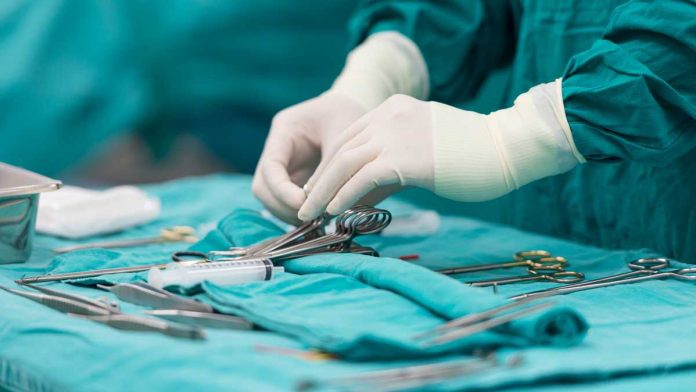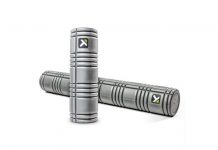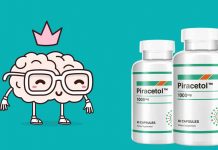
Abdominal surgeries are some of the most common procedures performed, with appendectomies ranking in the top fifteen OR surgeries over the last decade. C-Section births, exploratory laparotomies, and inguinal hernia surgeries are just a few other common procedures that require abdominal access.
With the frequency of these procedures, it’s not unlikely that you may have to undergo at least one of them. And for fitness enthusiasts, that means a great deal of time out of the gym. But staying in shape doesn’t have to take a backseat to recovery. Here are some ways to gradually get back into your regular exercise routine without risking injury.
-
Continue Your Regular Routine Before the Surgery
If you have an upcoming surgery, the last thing you should do is forego working out. Depending on your fitness level, continue to take your daily walks or runs. That way, you’ll have an easier time transitioning from being active, to recovering, to returning to your regular workouts. However, if the issue makes walking too difficult, consider using swimming as an intermediary activity. Swimming is low-impact, so it won’t likely aggravate any of your symptoms.
Also, be sure that your diet is in check, as a healthy weight is necessary for safe abdominal surgeries. If you have a heart condition, be sure to consult with your cardiologist as well to make sure you’re healthy enough to undergo major surgery. Your doctor can adjust your medication dosages if necessary, ensuring that you won’t experience any complications during or after the procedure.
-
Taper Off Narcotics
After surgery, you will most likely be prescribed narcotic painkillers such as oxycodone. When you take this medication, an unpleasant side effect is intestinal slow-down, which will likely increase your recovery time. These pharmaceuticals also cause you to become more lethargic, so it’ll be harder to motivate yourself to get out of bed and on your feet while you’re taking the full dosage.
With the approval of your doctor, taper off on the narcotics day by day. If you’re still in pain, try some OTC painkillers in place of your prescription medication. When you’re not in a haze, you’ll find it much easier to find the motivation to get back to your workout routine.
It might sound strange, but chewing gum can also help your digestive system get out of its slump post-surgery. The act of chewing is the first step in digestion, activating stomach acid and intestinal movement, cancelling out the unpleasant effects of narcotic painkillers mentioned earlier.
Also read: Unique formula of the nootropic supplement Mind Lab Pro >>
-
Rest, Rest, and More Rest
Although it’s important to get active as soon as possible, overdoing it too soon will likely land you back in the hospital from pulled stitches or internal bleeding. So, listen to your body and give it the rest it needs. With the combination of the trauma of the procedure and narcotic painkillers, you likely won’t be able to do much but sleep for the first week or two anyway.
-
Take Short Walks
After four to six weeks of rest and recovery, you should be able to take brief walks around your neighborhood or local park. However, keep your body in check – if you begin to feel shooting pains in your abdominal area or become dizzy or short of breath, immediately stop and go home. If these symptoms don’t subside after half an hour, call your doctor. They will be able to assess if you need to visit the hospital or if continued rest will alleviate the problem.
-
Work Your Arms
If walks are too much for the moment, you can always begin with some light arm exercises to keep toned and get your circulation flowing. Always remain seated during these exercises, and only use light weights while you’re in recovery – there’s no need to get ripped when you’re healing.
-
Watch What You Eat
Nutritious foods greatly expedite the healing process, so during this time, be sure to consume foods rich in antioxidants, vitamins, whole grain, and healthy fats. Just like when you were in full training mode, avoid fast food, snacks, and soft drinks. They might be convenient, but they don’t provide nearly enough of the essential nutrients that your body needs to heal. If you can, stock up on some organic groceries before your surgery so you won’t have to worry about it later.
-
Get in Touch with a Trainer
During recovery, you can more safely ease into working out with the help of a physical therapist. These experts are trained in many different areas so they can formulate the best workout schedule for your personal needs. You can find them either in your hospital or clinic, or simply hire one from a physical therapy center.
Read our full review about one of the best pre-workout supplements: 4 Gauge >>



























